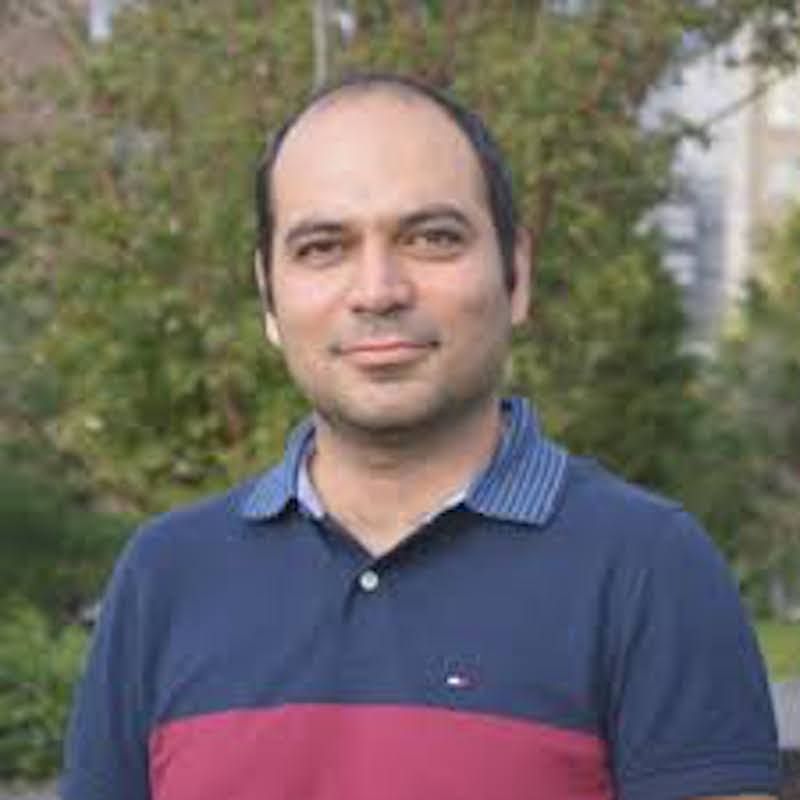Javad Shabani, New York University, Progress in Realizing Topological Superconductivity in Planar Josephson Junctions

Zoom Details
Seminar
2:00 pm - 3:00 pm
https://ucsb.zoom.us/j/87150013174?pwd=MXRXTmpLTHJ6Z3BCOEQrWGVzYktDUT09
Meeting ID:871 5001 3174
Password: qfSeminar
Speaker
Javad Shabani
Department of Physics
New York University
Bio
Javad Shabani is an Assistant Professor of Physics at New York University and a member of the Center for Quantum Phenomena. He received his Ph.D. from Princeton University and conducted post-doctoral research at Harvard University and University of California, Santa Barbara. His research interests are mainly on developing novel quantum hardware using materials innovation with recent research focus on topological superconductivity and developing voltage-controlled superconducting qubits. He is an active member of quantum education and workforce development in New York area. He is recipient of US Army and US Air Force young investigator awards
Abstract
Recently the drive to understand and control the order parameter characterizing the collective state of electrons in quantum heterostructures has attracted great interest. New physical behavior can emerge that is absent in the isolated constituent materials. With regards to superconductivity this has opened a whole new area of investigation in the form of topological superconductivity. Topological superconductivity are expected to host exotic quasi-particle excitations including Majorana bound states which hold promise for fault-tolerant quantum computing. Recent theory predicts in superconductor-semiconductor devices, Majorana bound states can emerge and are accompanied by a topological phase transition. We show experimentally in epitaxial Al/InAs Josephson junctions a transition between trivial and topological superconductivity. We observe a minimum of the critical current at the topological transition, indicating a closing and reopening of the superconducting gap induced in InAs, with increasing magnetic field. By embedding the Josephson junction in a phase-sensitive loop geometry, we measure a π-jump in the superconducting phase across the junction when the system is driven through the topological transition. These findings reveal a versatile two-dimensional platform to explore topological superconductivity for quantum computing.